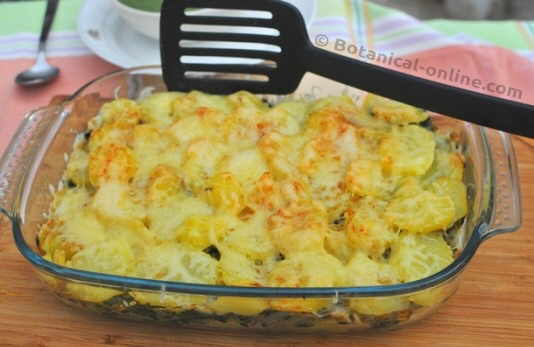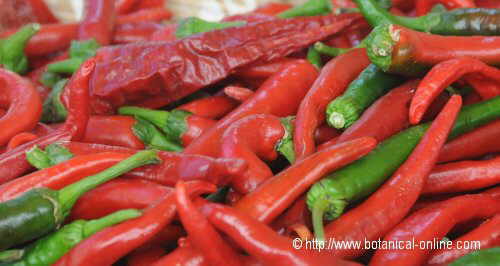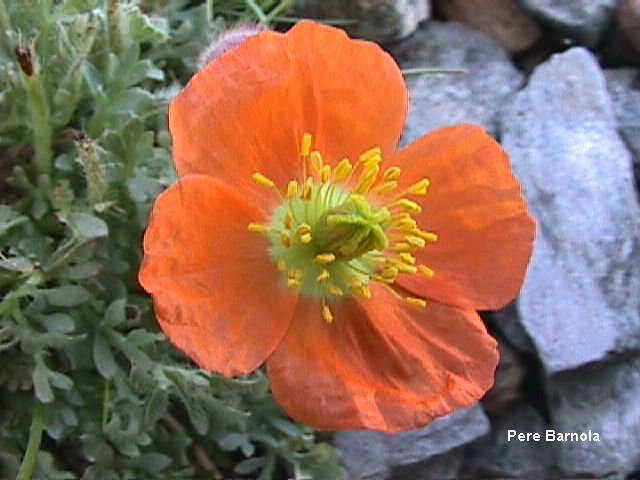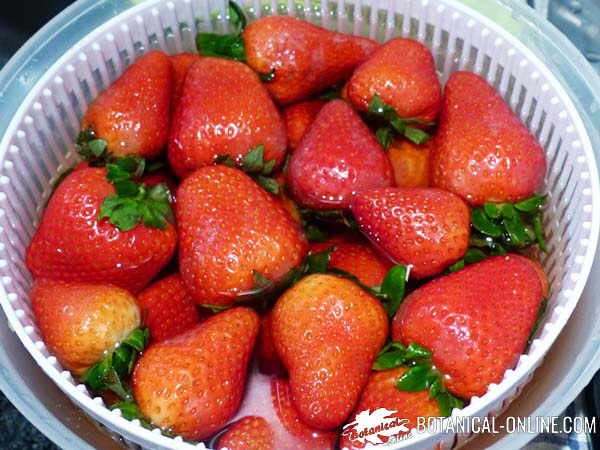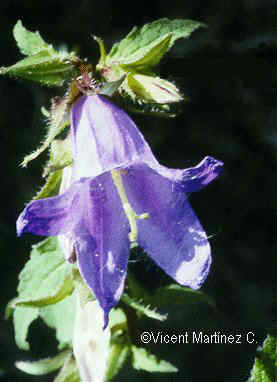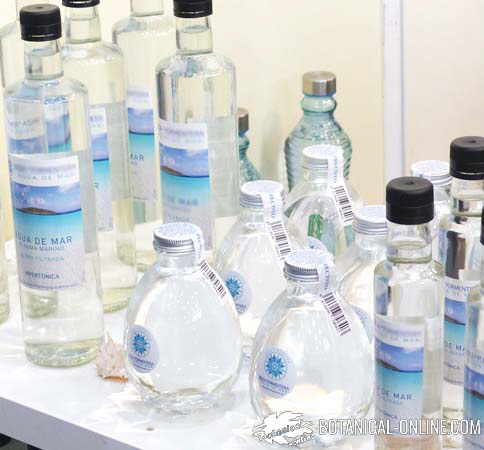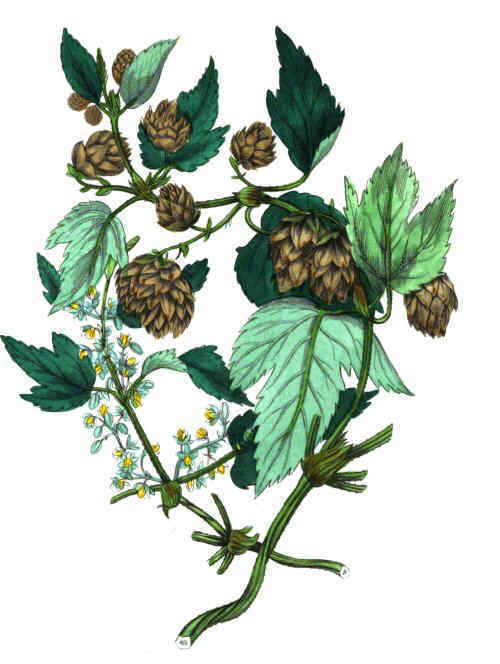Contents
What is a durian (Durio zibethinus)?
Durian characteristics
Common English name: Durian, civet cat fruit, duryon tree
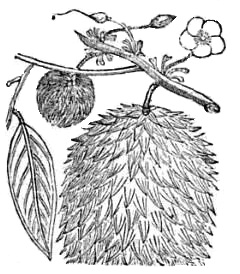 In the picture: illustration of durian, where there is a branch with leaves, flowers and fruits.
In the picture: illustration of durian, where there is a branch with leaves, flowers and fruits.
Scientific name : Durio zibethinus Murray.
Etymology: Durian name comes from Malay ” duri ” meaning thorn. The name zibethinus comes from the Indian civet (Viverra zibetha), referring to the foul odor of the fruit. Some authors claim that the fruit is used as bait to catch the civet.
Family: Bombacaceae. This family includes only species of tropical origin.
Where to find durian trees?
Source: Durian is native from Southeast Asia, it is believed that from the region of Borneo and Sumatra.
Habitat: Durian is a fruit tree typical of the rainforests of Indonesia and Southeast Asia. It is not widespread in tropical America, where the strong smell of fruit hampers their acceptance.
Distribution : This tropical fruit is grown in Malaysia, Southeast India, and from Ceylon to New Guinea, being the most productive countries Thailand and South Vietnam.
Durian tree description
Durian (Durio zibethinus) is a fruit tree of the rainforest, which it is known for its extravagant, large, fruit with a spiny shell.
It is a very long-lived tree, reaching up to 150 years old or more. Like other tropical trees, they are usually very high. The durian can measure about 50m high, and 120cm of trunk diameter, although cultivars intended for fruit production usually do not exceed 12m.
It has a dense irregular crown. The leaves are simple, large, elliptical or oblong. It is an evergreen tree, so that the foliage remains evergreen and the tree does not lose its leaves during the year.
The flowers are very fragrant and their nectar attracts insects and bats, which in turn pollinate the plant. The flowers grow in clusters of 1-30 individual flowers from the axils of the leaves or the main trunk of the tree.
How is durian fruit?
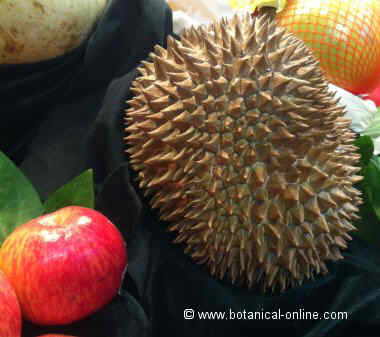
Photo of a durian fruit next to an apple
Durian has a very characteristic fruit , because of its large size (15cm. x 30cm), its typical – and unpleasant – smelling, and its hard shell, gilded and covered with spines.
The durian smell is strong, enhanced when mature. Some describe the smell as similar to the smell of rotten onions, cheese and turpentine., you can smell such an intense odor for miles, as cited by some authors. In fact, in many hotels and public places in Indonesia, the entrance of the fruit is expressly prohibited and there are signs to indicate it.
The crust is very hard, not to damage the fruit when it falls to the ground. In Indonesia it is said that the durian has eyes, because the fruit never falls during the day, but it does it when there are no people who can be hurt. When someone sees a durian drop, it is considered a symbol of good fortune. However, it is always recommended to stay away from fruit trees, since serious accidents have occurred because of these big fruits.
The flesh is creamy and smooth, sweet. Its flavor is described as a mixture of caramel, cream and strawberry, one of the most appetizing and exotic tropical fruits .
Durian tree reproduction
Durian plant reproduction depends directly on the large frugivorous animals (fruit-eating animals) to disperse their seeds, such as primates, black hornbills (Anthracoceros malayanus) Prevost squirrel (Callosciurus prevostii), civets (Viverridae spp.), the long-tailed macaque (Macaca fascicularis) and especially the Bornean orangutan (Pongo pygmaeus). Even the Malayan sun bear (Helarctos malayanus) and the Borneo elephant (Elephas maximus borneensis) are consumers of durian. Currently many of these animal species are disappearing from the wild, so scientists do not know how to evolve the ecosystem in these regions.
* More information on growing durian
| Composition of Durian per 100g. | |
| Nutrient | Amount |
| Calories (kcal.) | 147 |
| Carbohydrates (g.) | 27,09 |
| Proteins (g.) | 1,47 |
| Fats (g.) | 5,33 |
| Fiber (g.) | 3,80 |
| Vitamin C (mg.) | 33 |
| Vitamin B1 or thiamin (mg.) | 0,37 |
| Vitamin B2 or riboflavin (mg.) | 0,20 |
| Vitamin B3 or niacin (mg.) | 1,07 |
| Vitamin B6 o pyridoxine (mg.) | 0,32 |
| Calcium (mg.) | 6 |
| Magnesium (mg.) | 30 |
| Phosphorus (mg.) | 38 |
| Sodium (mg.) | 1 |
| Potassium (mg.) | 436 |
| Iron (mg.) | 0,43 |
| Zinc (mg.) | 0,28 |
| Copper(mg.) | 0,21 |
| Water (g.) | 64,99 |
Durian used parts
- Fruit: the fruit known as durian, is edible. However, it is a climacteric fruit that matures quickly after falling from the tree, so it should be consumed 25 days later. This causes difficulties in trade in many areas of the world, so it’s not a common fruit outside its culture. In this fruit, there are associated some medicinal properties, such as combating malaria (juice) and intestine parasites (vermifuge properties).* More information about the medicinal properties of Durian in the listing below.
- Shell: in countries of origin, durian peel is burned for smoking meat and fish, to give them flavor. The shells of the fruit can also be used as fuel and colorant.
- Leaves: young shoots can be cooked as a vegetable. For medicinal purposes, they are used to reduce fever.
- Seeds : some authors have cited the medicinal properties of durian seeds, although there are no current studies to respect. Heyne (1950) states that the crushed seeds can help treat ulcers and wounds. In some regions, the seeds are roasted and eaten like nuts. They can also be fried. In Java, they are cut into slices and stored as sugar confectionery. The raw seed is toxic.
- Wood: wood is used to make clogs in Sarawak (Malaysia). It is also used for furniture, handles and boxes of cigarettes.
| Botanical classification | |
| kingdom | Plantae – Plants |
| Subkingdom | TracheobiontaVascular plants |
| Superdivision | SpermatophytaSeed plants |
| Division | MagnoliophytaFlower plants |
| Class | MagnoliopsidaDicotyledons |
| Superorder | Rosanae |
| Order | Malvales |
| Family | Bombacaceae |
| Subfamily | Helicteroideae |
| Tribe | Durioneae |
| Gender | Durio |
| Species | D. zibethinus |
Varieties of Durian
Durian presents a high genetic variability, which means that there are many forms and colors of the fruit. For example, in Thailand there are more than 300 varieties of durians, but only half a dozen are grown.
This peculiarity has made the durian fruit to become mystical and appealing to the general public. Durian pulp may vary in color, flavor, aroma, texture and thickness.
![]() More information on durian.
More information on durian.

